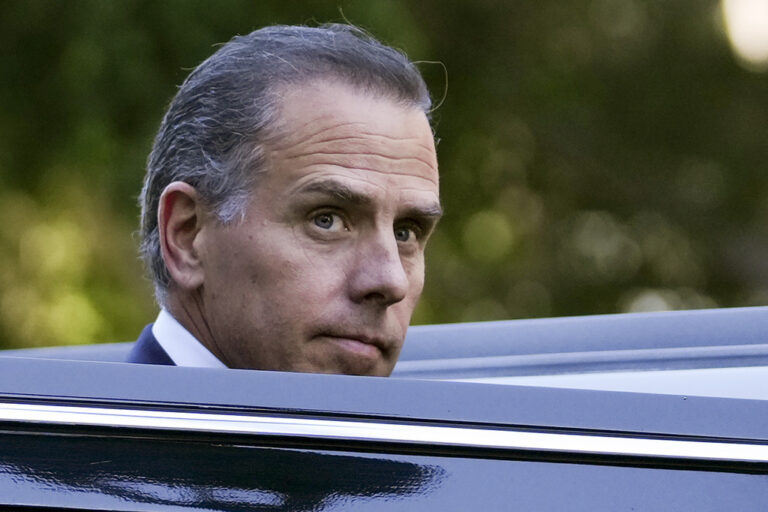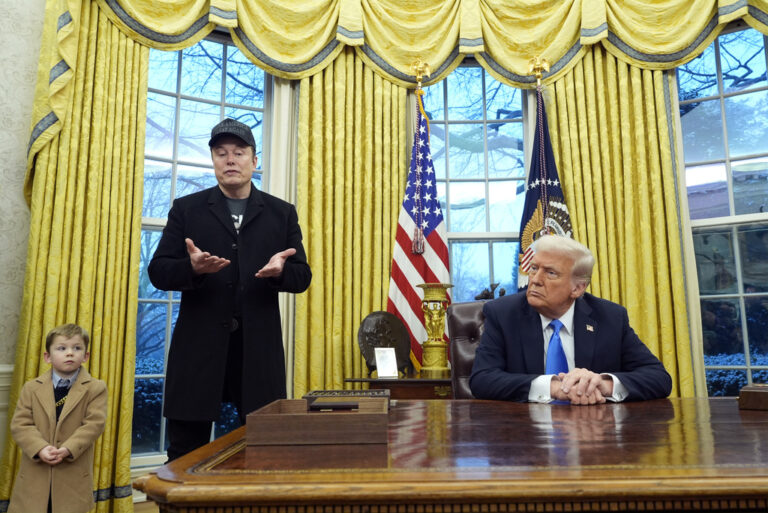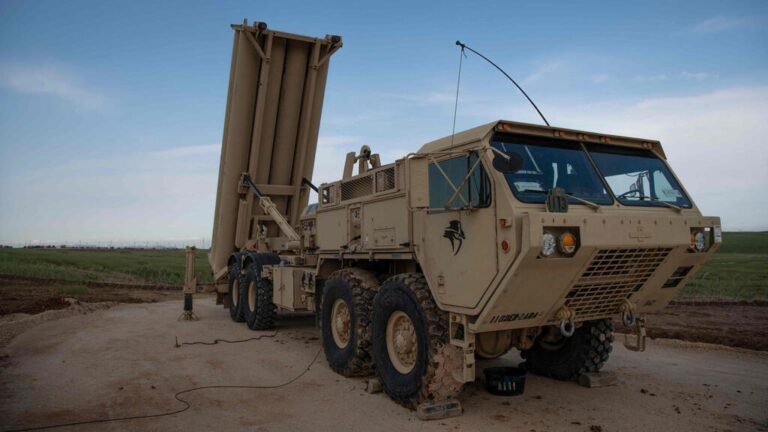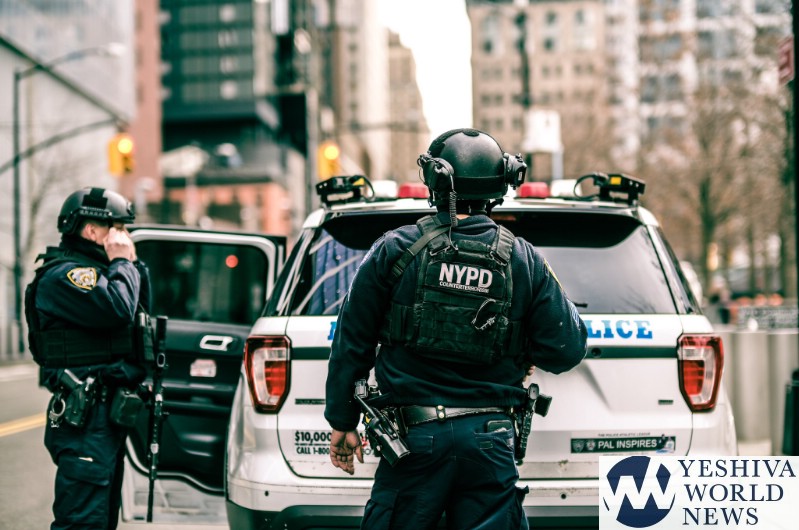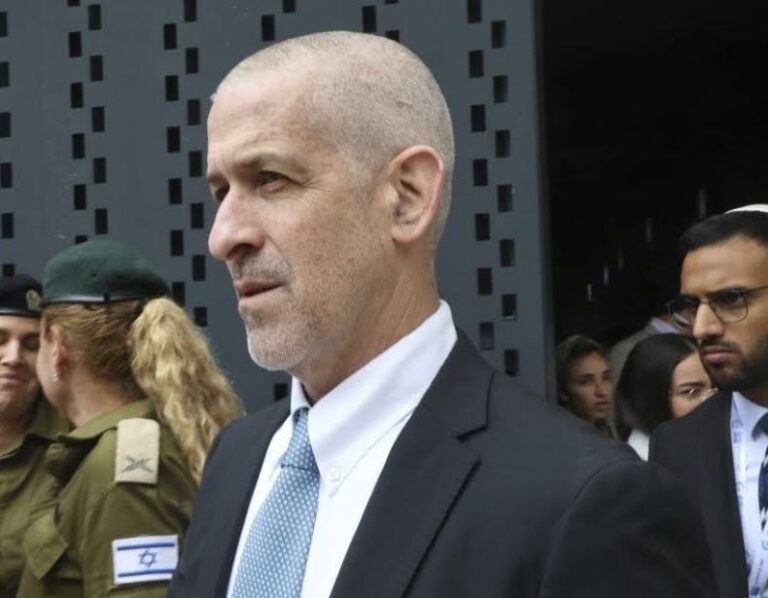 A third day of “panic buying” of gasoline among Sandy-struck New York area motorists o n F riday prompted action from authorities, who waived shipping regulations even as pipelines and oil tankers resumed limited shipments.
A third day of “panic buying” of gasoline among Sandy-struck New York area motorists o n F riday prompted action from authorities, who waived shipping regulations even as pipelines and oil tankers resumed limited shipments.
The U.S. government waived the Jones Act barring foreign-flagged vessels from carrying fuel between U.S. ports in a bid to boost supplies from the Gulf Coast to the Northeast. New York Governor Andrew Cuomo said he would temporarily lift tax and registration requirements on tankers docking in the New York Harbor, which had just reopened to oil vessels.
While the waivers sent benchmark New York gasoline futures 2 percent lower, they will do little to address the biggest obstacle to getting fuel to consumers: the power outages that have shut nearly two-thirds of the service stations in the New Jersey and New York City area and are still hindering service at major oil terminals and refineries along the harbor.
Faced with the prospect of another day of hunting for fuel or losing out on business, New York City cab driver Mohammad Sultan parked his yellow taxi at a Hess station on Coney Island Avenue, Brooklyn at midnight on Thu rsday so he could be first in line when a rumored fuel shipment arrived at 6 a.m.
At 9 a.m., with 180 vehicles behind him, the pumps were still empty. Officials said the number of cabs on the road by Friday morning was down 24 percent from last week.
“Because of the gas problem, there are thousands of yellow cabs sitting around wasting time and money,” Sultan said.
There were some signs that the complex New York Harbor network of storage tanks and pipelines was finally returning to service after Sandy dealt it a direct hit, crippling the ability to fuel the nation’s most dense consumer population.
The region’s biggest pipeline, Colonial, restarted much of its northern line, and an oil tanker carrying 2 million gallons of gasoline docked overnight in Newburgh, New York, 60 miles north of New York city. Other ships were finally offloading cargoes in the harbor after being stuck at anchor for the past week.
But those measures were cold comfort for residents stuck in hours-long queues, often with no guarantee that supplies would be available when they got to the front of the line — or that enough power would be restored to get more stations open.
The situation is wearing on New Yorkers. Juliana Smith, a full-time student, spent 2-1/2 hours in line to fill two five-gallon containers on Friday, an hour more than on Th ursday.
“It’s psychotic,” she said. “People are angry. We have no power. No heat. We need gas for the generator and our Ford Explorer, which is a monster.”
PRICE GOUGING ONLINE
Prices at the pump have remained steady despite the shortages, motorist group AAA said, averaging just below $4 a gallon in New York City, 2 cents lower than last week. However, on Long Island, where only a third of all stations were working, average gasoline prices jumped 5 cents from a day earlier.
But online, Craigslist users started offering gasoline at as much as $15 a gallon to motorists and homeowners not wishing to brave the lines.
There were signs the situation could improve in the coming days as wholesale markets begin to work again.
Colonial Pipeline, a 5,500-mile (8,900-km) network that runs from the Gulf Coast refining center up the eastern seaboard, said late on Th ursday it had resumed fuel deliveries at its Linden facility in New Jersey, the terminus of the line. It expects to pump around 700,000 barrels a day into the area, which is a normal volume, spokesman Steve Baker said.
Fuel barge shipments into New York Harbor will be allowed on Friday, the Coast Guard said, if they have a place to offload. Environmental Protection Agency waivers for clean diesel and gasoline specifications, granted earlier this week, should make it easier for suppliers to meet demand in the days ahead.
News of the Jones Act waiver sent NYMEX gasoline prices sharply lower. The December RBOB contract fell 6 cents, or 2.3 percent, to close at $2.5736 a gallon, just below where it was trading last week prior to Sandy’s arrival.
Rates to charter fuel tankers to the Northeast nearly doubled as traders scrambled to sell to the region, where supplies were constricted by the closure of two New Jersey refineries that make up one-third of the region’s capacity.
The Phillips 66 Bayway refinery in New Jersey, known as “the gasoline machine” by oil traders, may be shut for weeks due to flood damage, although the company has said internally it is “optimistic of restarting soon,” a source familiar with operations said. The company has said that a decision on when to reopen will be made “once all assessments are complete.”
Phillips’ Linden fuel terminal was supplying only emergency response vehicles as of Friday afternoon.
SILVER LINING: LESS TRAFFIC
The fuel crisis cut traffic over Manhattan’s main bridges and tunnels by nearly 50 percent from normal, with some frustrated commuters and taxi drivers choosing to stay home rather than search out scarce fuel.
There was “panic buying” in the region, Hess Corp Chairman and Chief Executive John Hess said on a conference call. The company has managed to resume sales at most of its own outlets, but estimates that as many as 80 percent of all service stations in the greater New York City area had been without power or fuel.
Motoring group AAA said on Friday there had been no increase in the number of stations in New York City and New Jersey that were able to sell fuel, with fewer than 40 percent of the ones it monitors open for business.
Travel across the three main bridges and tunnels to Manhattan was down 47 percent from normal on Friday morning, according to data from the Port Authority.
“This is in part due to the gasoline shortages. It’s probably also due to people staying home today – they’ve really had to fight to get where they want to go over the past few days,” said New York Department of Transportation spokesman Adam Levine.
HEAR IT ON FACEBOOK
Rumors circulated on social media about which sites had gas or were due to take a delivery.
“I heard it on Facebook,” said Manuel Ortiz, 33. He was first in the line of more than 60 people waiting with red and orange gasoline canisters.
Two police officers placed a blue barrier in front of Ortiz, who said he had been waiting since 2 a.m. A fist fight broke out earlier, he said, when one driver tried to cut in front of another.
“I just want the gas. I don’t care how long I have to wait,” said Ortiz, a delivery driver whose car was costing money by the day. “The car is getting ticketed. I have to get gas.”
(Reuters)



